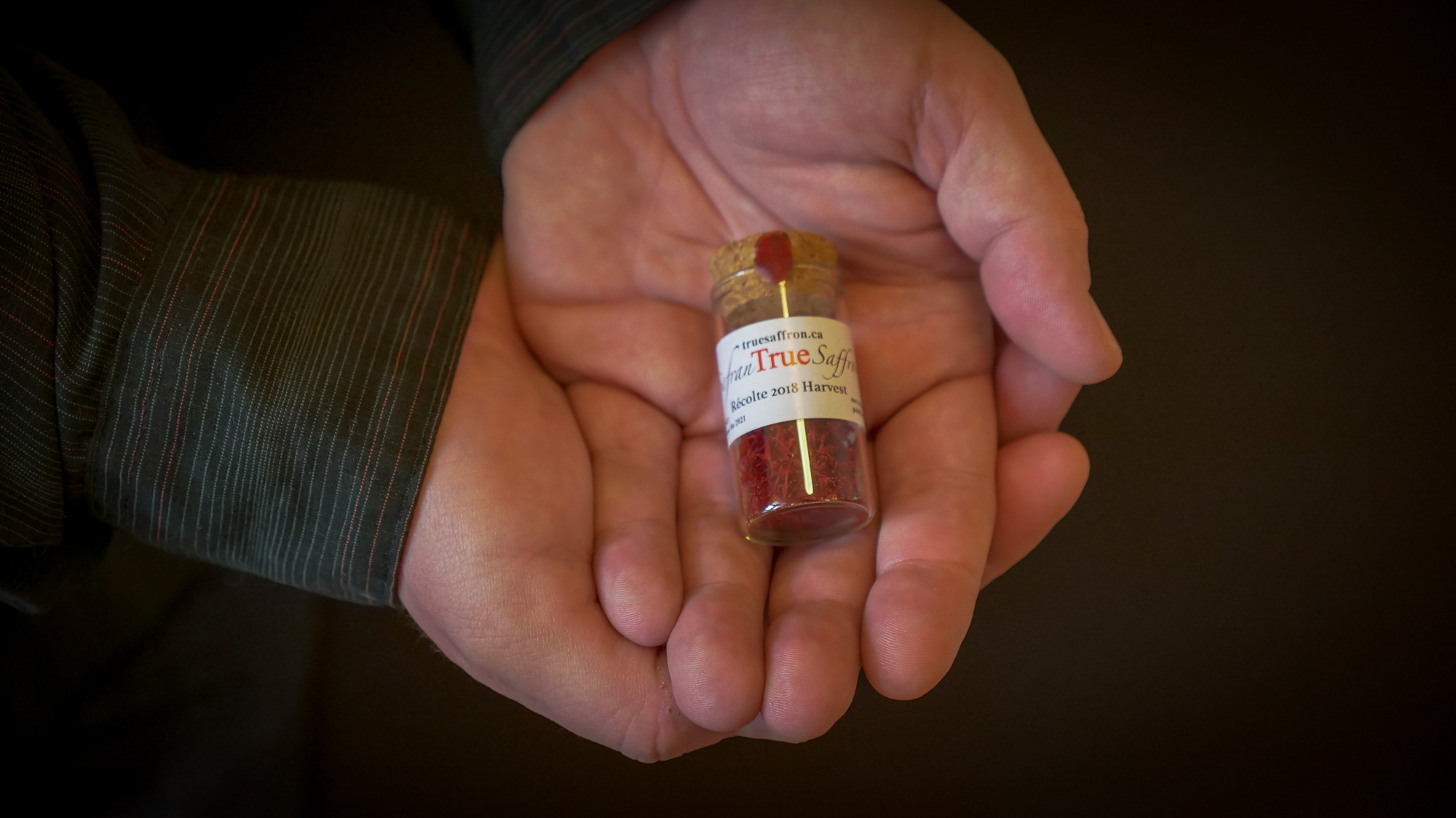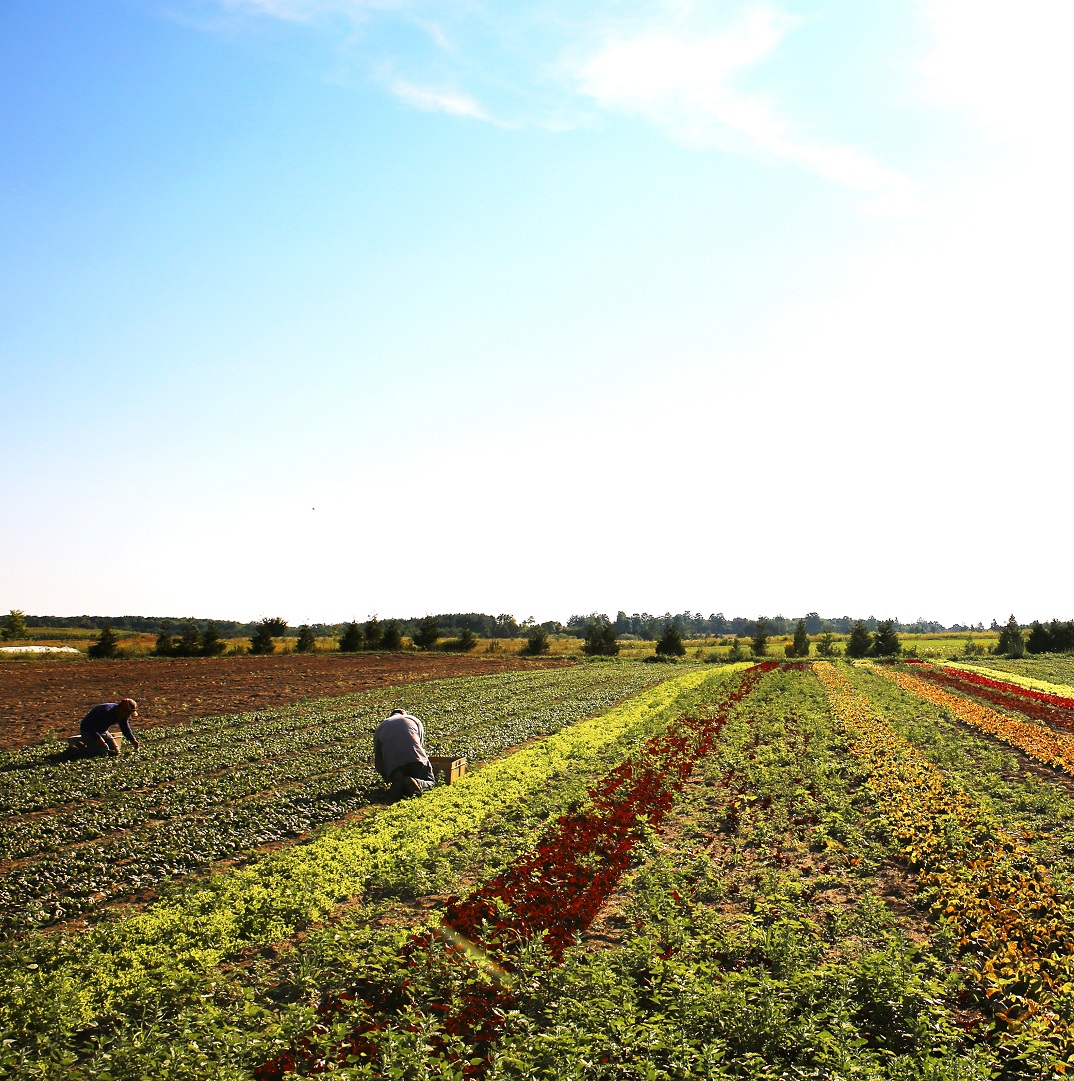The 2019 Terroir Rural Retreat may not be open to the public, here’s how you can create your own culinary experience of the Kawarthas Northumberland region. Kawarthas-Northumberland is hosting this year’s Rural Retreat at South Pond Farms. Located just east of Toronto,this region has a long-standing farm-to-fork tradition and some recent innovations that are catching the attention of foodies across Canada and around the world.
The Venue: South Pond Farms
Chefs and producers will prepare & serve some of Ontario’s best taste-of-place experiences amongst the farm fields and cedar groves of South Pond Farms. But if you didn’t get an invite, don’t feel like you’ve missed out: South Pond Farms welcomes guests year-round to their idyllic farm with a combination of culinary workshops, Farm House Lunches, and Full Moon Supper experiences, not to mention access to gorgeous nature trails on the unique Oak Ridges Moraine.
The Chefs
Chefs from 7 certified Feast On restaurants within Kawarthas Northumberland will be working magic with local ingredients at the Rural Retreat, and you can stop by any one of these restaurants to discover that taste-of-place talent & devotion:
Elmhirst’s Resort in Keene
The Mill in Cobourg
The Publican House Brew Pub in Peterborough
Rare Grill House in Peterborough
The Social in Port Hope
South Pond Farms in Pontypool
Ste. Anne’s Spa in Grafton
The Ingredients
James Whetung will be contributing some of his Black Duck Wild Rice. Known as “Manomin” in Anishnaabeg (which translates as “Gift of the Creator” or “The Good Seed”), this rice has been harvested from local lakes for thousands of years. Watch this gorgeous video on the story of Manomin here and find James selling his harvest at the Peterborough Farmers’ Market from September to December.
Popham Lane Farm will be providing some of their Vitamin C and antioxidant-packed black currants. These black currants have gained a reputation locally for making award-winners. Centre & Main Chocolate Co. won a national award for their integration of these black currants into a dark chocolate bar and Doo Doo’s Bakery used them in a butter tart recipe that took top honours at the Royal Winter Fair.
Warkworth’s True Saffron has the distinction of being Ontario’s only producer of saffron and for securing the International Organization for Standardization’s highest rating, Grade I. Martin Albert, co-owner of True Saffron, has some tips right here for how you can use his saffron. Pure pistils, infused syrups, and more are available for sale at Centre & Main Chocolate Co. in Warkworth.
On the north side of Rice Lake, Keene’s Harley Farms have earned their own special accolades for becoming the first farm in Ontario to be certified by the S.P.C.A. Their grass-fed, humanely-raised lamb will be one of the ingredients at the Rural Retreat.
Also featured in the Rural Retreat pantry are trout from Linwood Acres Trout Farm, Red Fife Wheat (Canada’s oldest strain of wheat, originally developed in Peterborough) from Marrylynd Organics, spinach from Forager’s Farms, Goat from Hidden Shoe Farm, Maple Syrup from Puddleduck Farm, grass-fed beef from South 50 Farms, goat cheese from both Mariposa and Cross Wind Farms, cheddar cheese from Empire Cheese, microgreens from Little Leaf Farm, hop shoots and pellets from Bickle Farms Valley Hops, honey from South Pond Farms, and beets, rutabaga, potatoes and spring veggies from Lunar Rhythm Gardens.
Local Brews
Some award-winning local breweries are also bringing out their best to welcome guests, including Smithavens Brewing Co., Publican House Brewery, and William Street Beer Co.
Rolling Grape Winery, Empire Cider, and Black’s Distillery will bring some additional spirit to this unique taste of place experience.
Keep watching our social channels to get a taste for what Kawarthas Northumberland and all of Ontario have to offer.


















